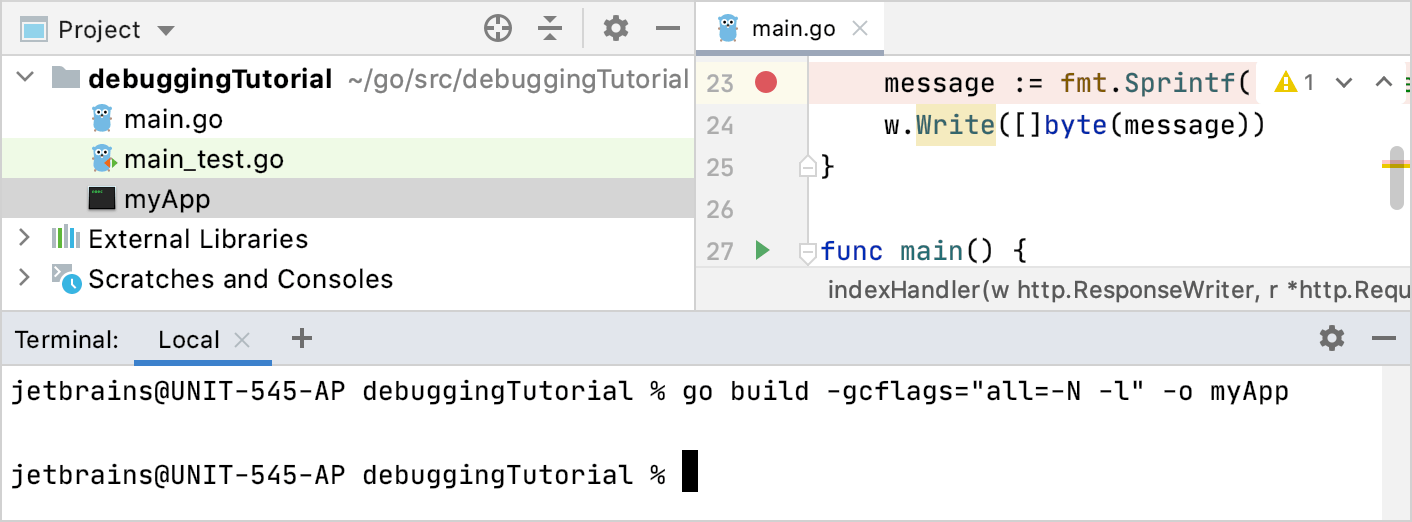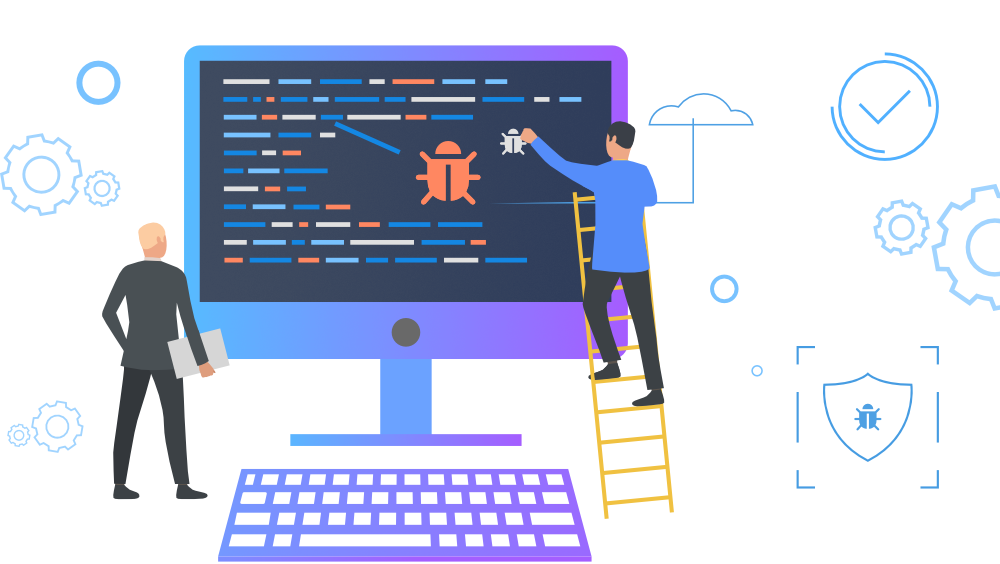
Within the "Edit Run Configuration", select the "Remote Debugging and Profiling" checkbox for "Launch Settings". Select "Run/Debug" from "Project Properties" and select "Edit" for the "Default Run Configurations". The remote debugger is not enabled by default within JDeveloper so right select on the application project, WLSEJB, and select "Project Properties" from context. Once unzipped, you can open the project by navigating to where you unzipped the application and opening the WebLogicApp.jws workspace file from within JDeveloper. Sample application, do so now and unzip it to your preferred work directory. If you haven't already downloaded the provided Open the Provided Java EE Project in JDeveloper and Enable the Project for Remote Debugging Start the WebLogic Server by invoking the startWebLogic.cmd script. The JDWP protocol is the protocol used to debug with a remote debugger. The -Xrunjdwp parameter loads the JPDA reference implementation of JDWP. The -Xnoagent parameter disables the default debug agent. Set JAVA_OPTIONS=-Xdebug -Xnoagent -Xrunjdwp:transport=dt_socket,address=4000,server=y,suspend=n In the startWebLogic.cmd script, specify the JAVA OPTIONS with: is the directory in which WebLogic 10.0.1 was installed into. To start WebLogic Server in debug mode, you will need to modify the startWebLogic.cmd script in the \wlserver_10.0\samples\domains\wl_server directory. Note: We are using the domain wl_server, to deploy and debug the provided application. WebLogic Server debugging is based on the Java Platform Debugger Architecture (JPDA). In order for the JDeveloper debugger to debug an application deployed to WebLogic Server, the server must be started in debug mode. Once the connection has been established you'll be able to directly deploy from JDeveloper to your WebLogic server. Follow the instructions in the dialog to establish and test a connection to your WebLogic Server. Right click the Application Server node and choose New Application Server Connection.

From the View Menu choose Connection Navigator. Now let's create an application server connection from JDeveloper to your WebLogic Server.

In order for JDeveloper to work with WebLogic it will need a copy of the weblogic.jar file that can be found at \weblogic1001\server\lib, copy this file to \jdev\lib\ext directory and restart JDeveloper.

(ServerName refers to the name of your WebLogic server). From the WebLogic console under Servers > ServerName > Protocols >HTTP - check the checkbox for HTTP Tunneling. Note: When you are deploying to WebLogic from JDeveloper, ensure that the HTTP Tunneling property is enabled. WebLogic Server also available from Oracle.Ĭreate an Application Server Connection within JDeveloper to WebLogic Server Sample application can be downloaded from otn.
#GOLAND REMOTE DEBUG HOW TO#
In this how-to, we'll show you how to create a connection within JDeveloper to WebLogic server, set the WebLogic server to debug mode, open the provided project in JDeveloper, deploy the project to WebLogic Server, set the project to do remote debugging and run a remote debug session. In this How To, the example Java EE application, EJB 3.0 Session Facade, will be deployed to WebLogic Server and debugged within JDeveloper. The JDeveloper IDE has the provision to remote debug applications deployed to WebLogic Server with a remote debugger.


 0 kommentar(er)
0 kommentar(er)
